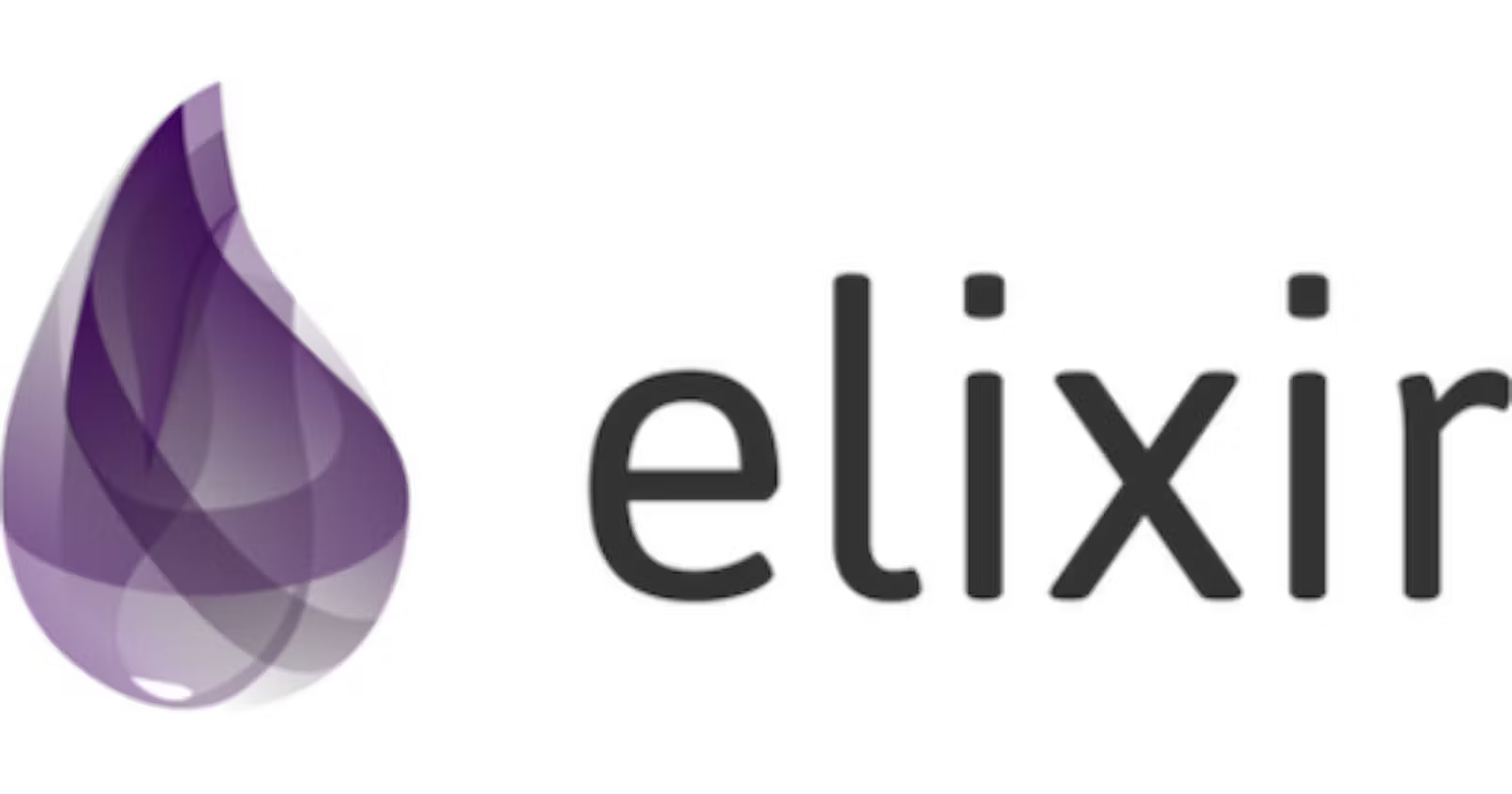Creating Constant Modules in Elixir
 Aashish Chakravarty
Aashish Chakravarty
Elixir, a functional programming language built on top of the Erlang Virtual Machine (BEAM), offers developers a powerful and flexible environment for building scalable and fault-tolerant applications. One common requirement in software development is the need for constants – values that remain the same throughout the program's execution. In this article, we will explore two approaches to creating constant modules in Elixir, both through direct module definition and by utilizing metaprogramming techniques. We will also provide examples of how to effectively use these constant modules in your Elixir codebase.
Approach 1: Direct Module Definition
The most straightforward way to create constant modules in Elixir is through direct module definition. Elixir allows you to define modules that encapsulate data using the defmodule macro. You can declare constants within a module using the def macro. Here's an example of how to create a module with constants:
defmodule Constants do
def constant_value1, do: 42
def constant_value2, do: "Hello, Elixir!"
end
In the above code snippet, we've defined a module named Constants and added two constant values, constant_value1 and constant_value2. These values can be accessed anywhere in your application by calling Constants.constant_value1 and Constants.constant_value2, respectively.
This approach is simple and direct, making it easy to manage constants without any additional complexity. However, it might become cumbersome if you have a large number of constants, as it can lead to cluttered module definitions.
Approach 2: Metaprogramming for Dynamic Constants
Metaprogramming in Elixir involves writing code that generates code, allowing for dynamic and concise solutions. The example you've provided introduces a concise metaprogramming approach to creating constant modules.
defmodule Constants do
defmacro const(const_name, const_value) do
quote do
def unquote(const_name)(), do: unquote(const_value)
end
end
end
In this code, you've defined a module named Constants that contains a macro called const. This macro takes two arguments: const_name and const_value. Inside the quote block, you generate a function definition using the provided const_name and const_value. This macro can be used to create constant functions with any value.
Using the Metaprogramming Constants
Let's demonstrate how to use the const macro from the Constants module to create dynamic constants within your application.
defmodule MyApp.Constants do
import Constants
const :constant_value1, 42
const :constant_value2, "Hello, Elixir!"
end
In this code snippet, you've created a module named MyApp.Constants which imports the Constants module. By using the const macro, you've defined a constant function constant_value1/0 that, when called, will return the value 42.
This metaprogramming approach is particularly useful when you need to manage a significant number of constants, as it enables you to avoid manually defining each function. Instead, you can generate them dynamically using the const macro.
Advantages of the Metaprogramming Approach
The metaprogramming approach offers several advantages:
Conciseness: The code becomes more concise and easier to manage, especially when dealing with numerous constants.
Dynamism: Metaprogramming allows you to create functions with different constant values without repetitive manual coding.
Maintainability: Changes to constant values can be done in a centralized manner within the macro definition.
Readability: The code reads more fluently as you directly express the intent of creating constant functions.
Conclusion
Creating constant modules in Elixir is a powerful technique that helps you maintain structured and maintainable code. Whether you choose the direct module definition approach or opt for metaprogramming, Elixir's flexibility allows you to choose the method that best suits your application's needs. By encapsulating constants in modules, you can enhance code organization, improve readability, and make it easier to manage and update constant values throughout your application.
Subscribe to my newsletter
Read articles from Aashish Chakravarty directly inside your inbox. Subscribe to the newsletter, and don't miss out.
Written by
